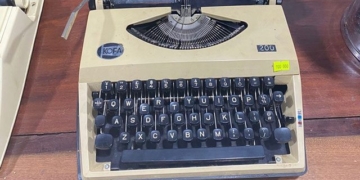Photographer Camden Thrasher was capturing a performance of U.S. Navy fighter jets when he unexpectedly recorded a remarkable close-up photo of an aircraft creating a “shockwave” as it approached the speed of sound.
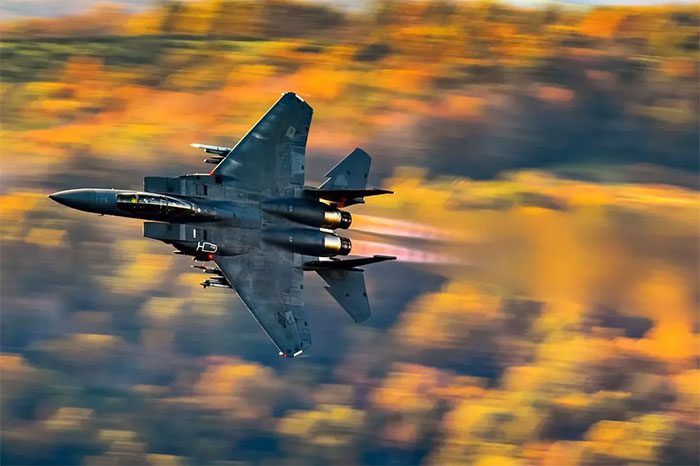
Sport and aviation photographer Camden Thrasher attended the EAA AirVenture airshow featuring the VFA-106 Gladiators (officially known as Strike Fighter Squadron 106) in late 2021. This annual airshow takes place at Wittman Regional Airport in Oshkosh, Wisconsin, a city with nearly 70,000 residents.
At that time, he captured an impressive photo of the McDonnell Douglas F/A-18 Hornet, a supersonic multirole fighter jet first introduced into the U.S. Navy in 1984.
While the photo circulated online as an example of a jet breaking the sound barrier, Thrasher pointed out that the aircraft was not flying faster than the speed of sound at that moment.
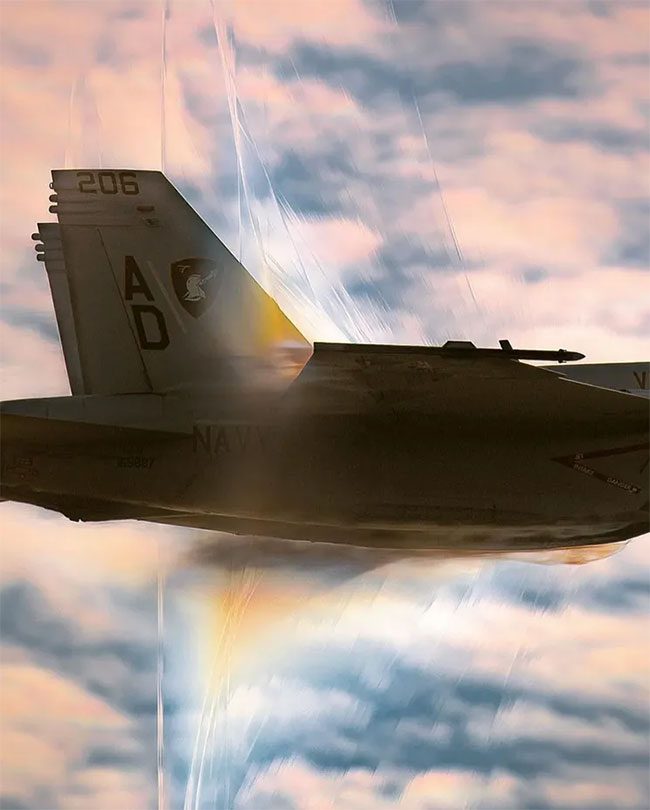
Impressive photo by photographer Camden Thrasher going viral
Thrasher shared with PetaPixel: “There are various rules regarding supersonic flight, and most of them exclude doing so at low altitudes or over populated areas. That’s why the photo isn’t of a jet breaking the sound barrier as people think.”
This often happens at airshows when pilots fly just below the speed of sound. However, it is still an impressive sight, even if it doesn’t actually break the sound barrier.
What is truly seen in the photo is how the air around a supersonic jet is distorted as it approaches Mach 1 (the speed of sound in average conditions, approximately 1224 km/h at sea level at 20 degrees Celsius).
Thrasher explained: “I’m not an aerodynamicist, but I’ll do my best to explain. The aircraft is flying just below the speed of sound, but as the air passes over different parts of the wings and fuselage, the airflow itself can actually be supersonic in certain areas. When this happens, the air is compressed or expanded, and those pressure changes alter how light is refracted or bent as it passes through.”
The visible effect is shockwaves or sometimes a cone-shaped cloud enveloping part of the aircraft if the air is sufficiently humid.
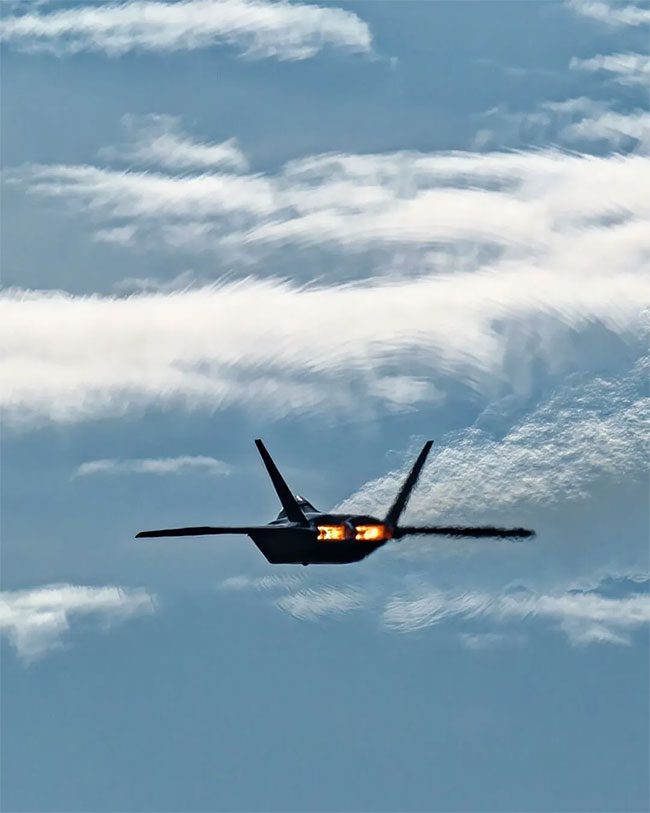
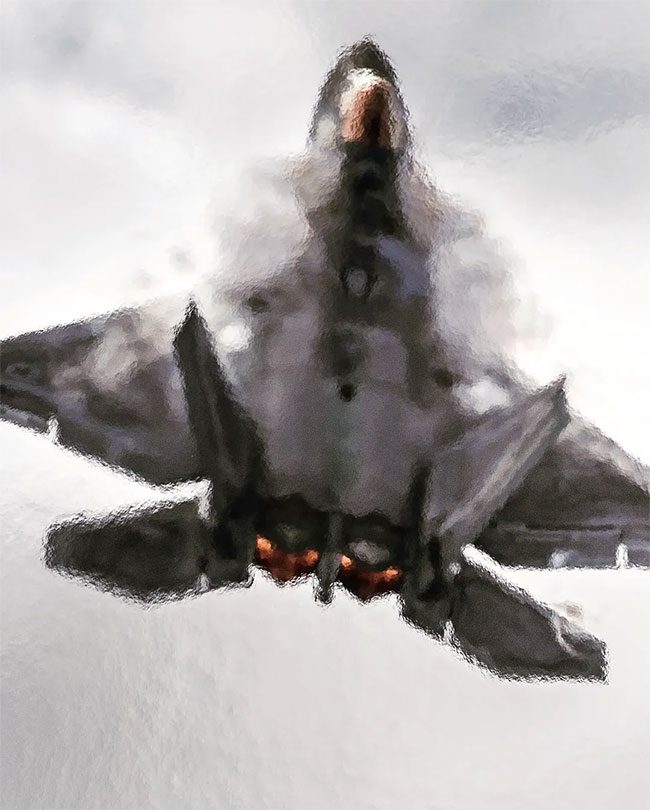
It is known that the above photo was taken by Thrasher using a Nikon D5 DSLR camera with a 500mm lens, f/5, 1/2500, and ISO 50.

















































